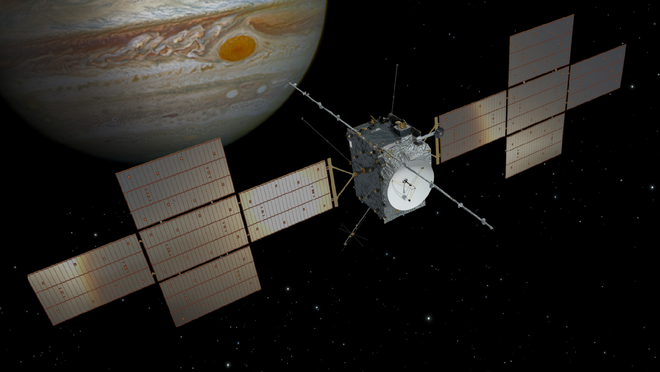Questions:
1. This Jovian moon is the most geologically active planetary body in the Solar System, rendering life on this body very unlikely – but not impossible, especially since all that activity keeps it quite warm. Name this moon.
2. Data collected in 2015-2018 suggested the Solar System’s largest asteroid may have a large subsurface ocean of water, but the evidence is weak. Very salty water is still expected to flow to its surface and may contain microbial life. Name this asteroid.
3. This moon is the only planetary body in the Solar System other than the earth to have a complete cycle of a liquid on its surface. On the earth, it’s made of water. On this moon, it’s hydrocarbons — and this presents the possibility of hosting life. Name the moon.
4. This Neptunian moon has a mysterious feature: it’s the only moon in the Solar System rotating in the direction opposite to that of its host planet. Scientists expect the radioactive decay of the rock in this moon’s interior is releasing enough heat to keep its mantle, made of water, in a liquid state, thus raising the possibility of life. Name the moon.
5. NASA spacecraft have found this Saturnian moon may contain an underground water ocean. The moon also ejects plumes from the subsurface through the ice shell, into space, containing salt water and organic molecules, hinting at the possibility of life. Name the moon.
Visual:

This is an artist’s impression of the _____ spacecraft. NASA launched it in 2023 and it will reach Jupiter in 2031 to study the moons Ganymede, Callisto, and Europa for signs of life. Fill in the blank with its name (full form).
Answers:
1. Io
2. Ceres
3. Titan
4. Triton
5. Enceladus
Visual: Jupiter Icy Moons Explorer (JUICE)







